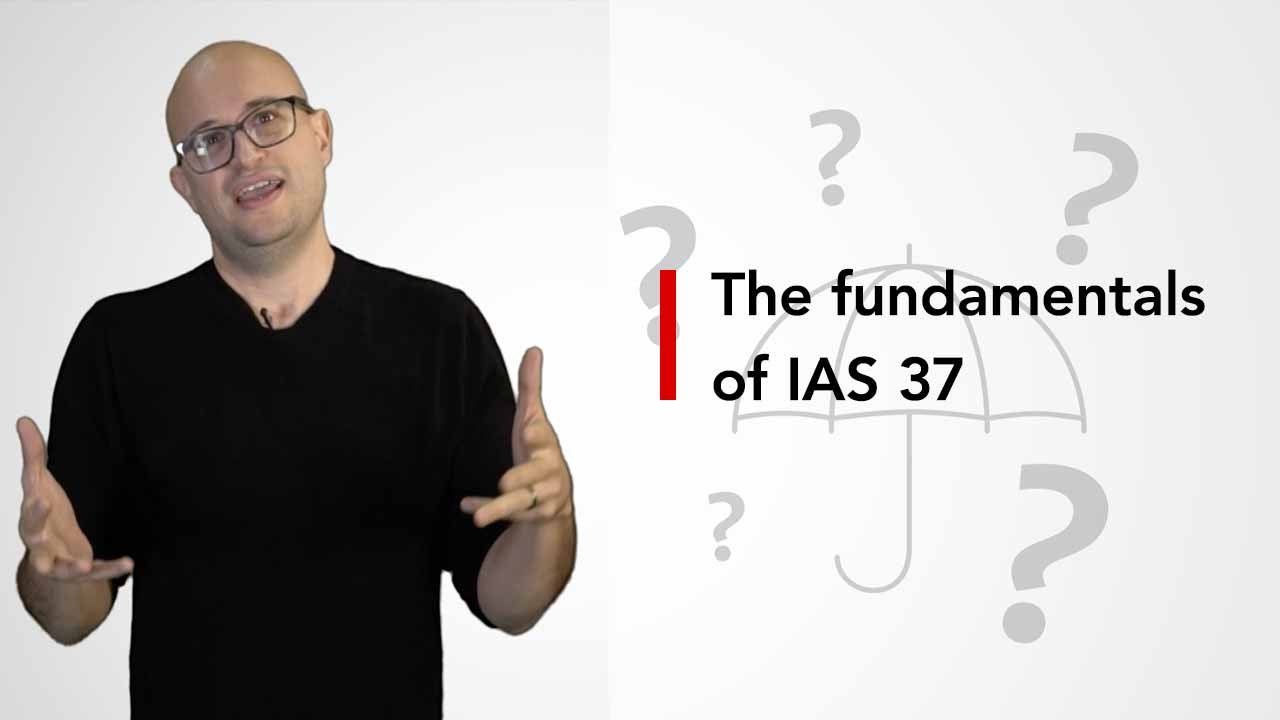
Originally invented to underpin the cryptocurrency bitcoin, blockchain technology allows for the dissemination of data in a tamper-proof way.
Because of the security it offers, this distributed ledger technology has subsequently been implemented across a variety of other private and public platforms – in banking, insurance, trade finance, supply chain logistics and many other sectors. To give just one example, the Vakt consortium of energy companies, banks and commodities traders uses a distributed ledger platform to share the data it needs for managing the logistics of energy commodities trades.
Meanwhile as concern grows about the environmental, social and governance (ESG) aspects of business operations – matched by ever broader requirements for organisations to measure and disclose their environmental impact – blockchain technology is also being seen as a way to support the mitigating activities taken by organisations.
For carbon emissions, a company typically has to measure and report its direct emissions and those generated by the energy it uses. In addition, in many countries, enterprises have to report those emissions along their value chain, adding their own direct emissions to those of their suppliers and their distributors. These Scope 3 emissions require the collection and aggregation of data from business partners in the value chain.
Verification challenge
One of the challenges here is that all companies in a country may have to report their emissions by the same deadline, which creates a co-ordination problem. Another challenge, whether for Scope 3 emissions or similar data (eg the use of indentured labour or modern slavery, which is required of organisations in Australia) that is collected along a value chain is the verification of data from other companies. After all, the information reported by companies may be deliberately or unintentionally incorrect or incomplete.
For financial and accounting information, we have two centuries of experience of data collection and verification. During that time there have grown up agreed definitions of terms, specific items to be collected, and independent auditing, and indeed an entire auditing profession, with its own standards and processes. Something similar needs to be created for the collection and verification of ESG data.
There has been a great deal of interest in using distributed ledgers in ESG reporting
To start this process, several governments and standards bodies have been defining terms for environmental data. For instance, the European Commission has created a sustainable finance taxonomy, which came into force in July 2020. Similarly, the newly established International Sustainability Standards Board (ISSB), working with the International Accounting Standards Board (IASB), released prototype sustainability disclosure standards in November 2021 to guide companies in disclosing sustainability-related and governance information.
Carbon offsets
There has been a great deal of interest in using distributed ledgers to assist in ESG reporting. For example, the World Bank is currently trialling a system, which uses the Chia blockchain platform, to support the reporting of emissions reduction projects and the trading of carbon offsets.
The idea is that projects that aim to remove carbon emissions (eg a tree-planting scheme) would be registered and tracked on the platform. From there, effective projects could be given digital tokens in proportion to their emissions impacts, with these tokens being tradable with organisations wishing to offset their emissions.
ESG reporting applications need to distinguish between verified and unverified data
Commercial ventures have also proposed the use of distributed ledger technologies for reporting and sharing ESG data, usually between business partners along a value chain. For instance, two US startups, Data Gumbo and Topl, together offer blockchain-as-a-service applications to companies sharing ESG data with their business partners.
Pros and cons
The use of blockchain for such applications brings a number of benefits:
- Public blockchains provide transparency – anyone can see records and exchanges of ownership.
- Data held on blockchains is effectively immutable – data is stored in a tamper-proof manner.
- The data may be shared between multiple parties – companies in a network can readily share data with one another.
But there are also a few challenges. The first is that of sustainability. Some platforms, such as bitcoin and ethereum, are heavy users of electricity. This consumption arises because of the specific protocols used for uploading data to these platforms. There are now alternative protocols that are much less energy-intensive, such as the Chia platform, which uses a protocol based on the amount of computer memory that a participating node provides.
A second challenge is that of verification. Because data uploaded to a distributed ledger platform remains there permanently, applications either need to permit only verified data to be uploaded, or they need to distinguish between verified and unverified data – in a similar way to how accountants distinguish between audited and unaudited accounts. Making this distinction means that applications may track data from its origin, through verification or certification, and then into reporting and disclosure.
But whatever methods are used, there are significant opportunities here for companies to exploit blockchain for wider purposes, and for accountancy firms to audit and verify ESG data.




